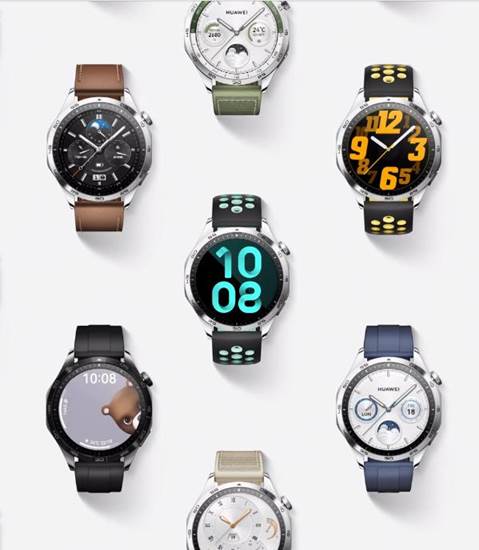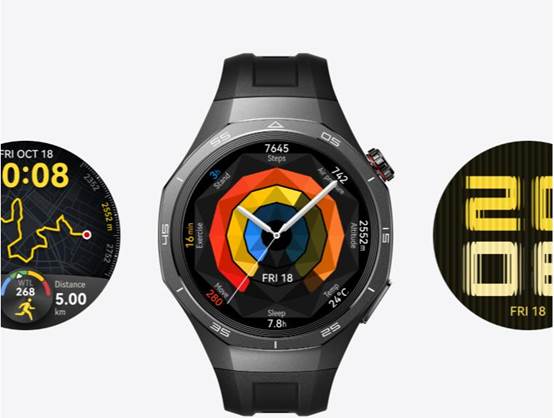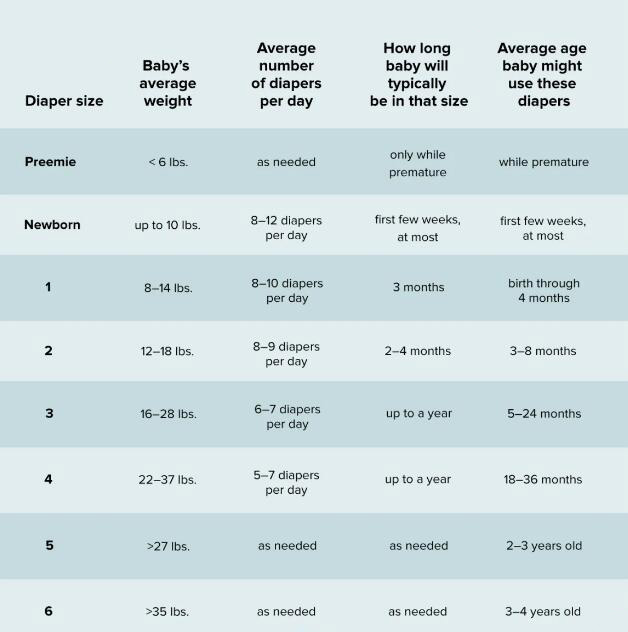Are Smartwatches Shaping Daily Habits?
Smartwatches sit on our wrists and shape
how we pay attention. They bring calls, messages, and metrics into every
moment. Convenience feels natural, yet it changes habits fast. People check
tiny screens for guidance, validation, and pace. Gentle taps become cues to
stand, breathe, and respond. The clock turns into a coach, a gatekeeper, and a
mirror. This shift raises a positive question: how can we use smartwatches to
build healthier routines and greater balance? Exploring alerts, health
tracking, and identity, this article examines how wearables can foster new
habits while offering lasting value. You will learn clear ways to keep the
benefits and guard your focus without sacrificing calm or autonomy.

Mechanisms That Foster Reliance
Notification Loops And Micro-Rewards
Notifications promise speed and
convenience. A buzz delivers a message, a meeting card, or a reminder to move.
Each tap gives a small reward: information, progress, or reassurance. Over
time, these quick hits create faster reflexes and smoother communication. You
begin to check before you think. Micro-rewards help you stay proactive and
responsive in daily life. The loop grows stronger as apps compete for wrist
space and priority. You respond sooner because the watch sits closer than the
phone. This accessibility ensures you rarely miss important updates,
reinforcing confidence in staying connected.
Externalized Memory And Decision Offloading
Smartwatches excel at remembering. They
hold timers, alarms, calendar nudges, and streak counters. This capacity helps
you run your day with fewer slips. By relying on reminders, you free up mental
space for creativity and deeper focus. Instead of noticing thirst, you may get
a hydration alert. Instead of recalling a deadline, you enjoy a timely nudge.
The device becomes a supportive assistant for daily micro-decisions: when to
stand, when to sleep, when to reply. This guidance changes the mental map of a
day in helpful ways. Far from weakening self-trust, it strengthens consistency
and reduces stress from oversight. You know what to do, and the smartwatch
keeps you on track efficiently.
Always-On Access And Boundary Evolution
The watch’s greatest strength—always-on access—supports flexibility and peace of mind. A quick glance during dinner
seems effortless, allowing you to stay updated without disrupting the flow.
Colleagues appreciate timely replies. Family knows you remain reachable when
needed. The line between “reachable” and “present” becomes easier to manage when you set clear preferences. Wearables
shorten the distance between you and your goals: step counts, rings, and
recovery scores sit one swipe away. That constant proximity empowers you to
stay mindful of health and productivity in real time. With intentional
settings, you transform availability into a feature that supports balance
rather than stress.
Practices That Restore Control
Design Your Alert Hierarchy
You can keep the benefits and reduce the
noise by designing an alert hierarchy. Start with three tiers:
mission-critical, important, and silent. Mission-critical includes emergency
contacts and time-sensitive work channels. Important includes calendar events
you must not miss and key app reminders. Everything else goes silent or
summary-only. Use vibration patterns to distinguish tiers at a glance. Limit
badges on the watch face to two essential indicators. Reserve complication
slots for features that support your current season of life—sleep if you’re recovering, timers if you’re cooking, or focus widgets if you’re studying. The goal is clarity. You
take charge of interruptions, building confidence through personalization.
Reclaim Presence With Intentional Modes
Presence needs structure. Define three daily modes: Deep Work, Social Time, and Recovery. In Deep Work, enable strict focus, turn off wrist-raise wake, and keep the screen dim. In Social Time, mute work channels entirely and allow only calls from close contacts. In Recovery, hide productivity widgets and foreground sleep, breathwork, or mindfulness. Tie each mode to real cues: location, schedule blocks, or routines. Share your availability window with teammates so boundaries feel respectful, not arbitrary. Document your mode rules in a short note on the watch for quick reference. This design creates healthy friction that enhances attention and restores choice. Readers sometimes search buyer guides using terms such as huawei watch gt6; this article stays generic and focuses on habits and methods.

Measure What Matters, Not Everything
Metrics guide behavior, so choose them
carefully. Pick one health metric, one productivity metric, and one
relationship metric for the week. For health, you might track sleep consistency
or resting heart rate trend. For productivity, track a single focus block
completed without interruptions. For relationships, track daily “no-screen” minutes during meals or walks. Hide all other numbers to reduce
clutter and encourage quality over quantity. Review weekly, not hourly. Ask
three questions: Did this metric change behavior? Did it improve well-being? Is
it worth the attention it consumes? If not, replace it. When you measure
selectively, you gain sharper insights into mood, energy, and context—elements that enrich life beyond numbers.
Conclusion
Smartwatches combine usefulness with
constant proximity, which can encourage stronger habits when guided with
intention. Alerts create micro-rewards that keep attention sharp. Offloading
reminders enhances consistency and frees mental bandwidth. Always-on access
supports connectivity and wellness when aligned with personal boundaries. None
of these outcomes are fixed—they adapt to how you use the tool. You can design an alert
hierarchy, run clear daily modes, and track fewer, better metrics. These
practices return balance where you need it and protect focus where it matters.
Use the device as a partner, not just a gadget. Keep the features that enrich
daily life and simplify the rest. Depend on judgment first, and let technology
amplify it.


